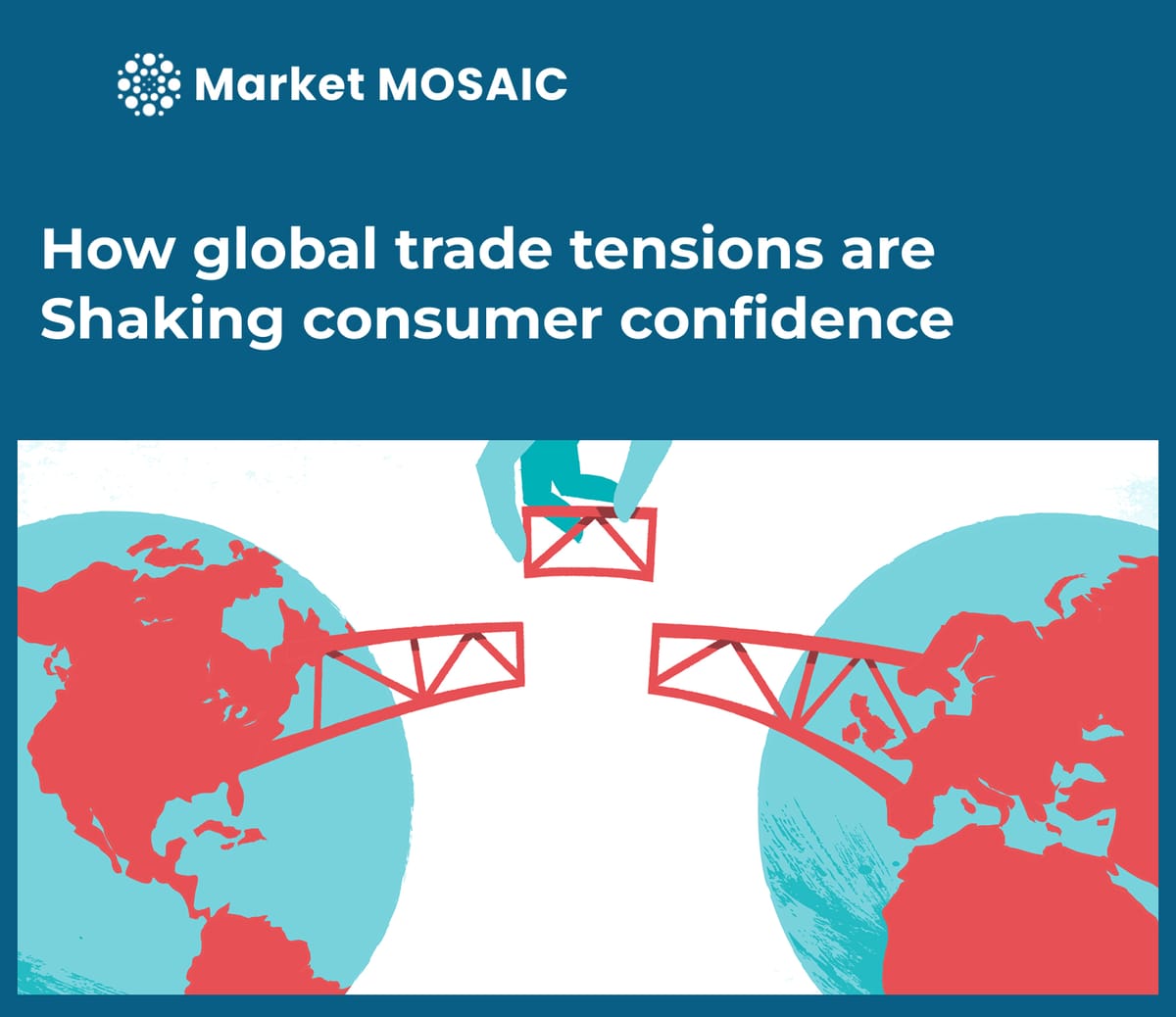How global trade tensions are Shaking consumer confidence

Over the past year, global markets have been walking a tight rope. Inflationary pressures, tightening monetary policy, and persistent geopolitical instability from the war in Ukraine to fragile supply chains have created an uneasy investment climate. This already fragile environment was further destabilized by the latest round of U.S. tariffs on Chinese imports. The move has escalated trade tensions between the world’s two largest economies, sparking fears of a broader economic fallout. The reaction was immediate and severe: the Hang Seng Index in Hong Kong plummeted by 13.2%, marking its largest single-day drop since the 1997 Asian financial crisis. Mainland China’s CSI 300 Index also fell by 7%, prompting emergency intervention by state-backed funds to stabilize the markets.
In an effort to prevent further market chaos, Chinese regulators have imposed strict trading limits specifically putting a limit on how much stock hedge funds and large retail investors can sell in a single day. These emergency controls are designed to slow the pace of sell-offs, reduce volatility, and restore investor confidence after sharp declines in Chinese equity markets. Taiwan also introduced temporary short-selling restrictions, and Middle Eastern stock markets saw their worst performance since 2020.Investors worldwide are seeking shelter. Gold prices have surged to a record $3,210 per ounce, while the Swiss franc and Japanese yen have both strengthened against the U.S. dollar clear signals that capital is fleeing riskier assets in favor of traditional safe havens.
The consequences extend beyond financial markets. Consumer sentiment is eroding in regions most exposed to trade uncertainty. Our internal analysis shows a 12% decline in consumer confidence in these areas, accompanied by an 18% reduction in discretionary spending. Consumers are choosing essentials over luxuries, a shift that’s already pressuring companies across retail, hospitality, and lifestyle sectors.
The IPO market is feeling the strain, too. Many planned company launches have been delayed as businesses wait for more stable conditions. It's not just about getting the right valuation there's also concern about whether investors are still interested and if new businesses will have access to funding in the long run. Business leaders need to rethink their strategies. Financial plans should be tested with more cautious assumptions. Marketing and expansion plans may require scaling back And while innovation shouldn’t stop , it should focus on ideas that bring clear short-term returns and match business priorities
Several anticipated offerings have been delayed as companies wait for more stable conditions. This hesitation isn’t just about valuations, it reflects deeper concerns about investor appetite and long-term access to capital for emerging businesses. For business leaders, this moment demands strategic recalibration. Financial models must be stress-tested under less optimistic assumptions. Marketing and expansion plans may require scaling back. And while innovation shouldn’t stop, it must be more targeted aligned with near-term ROI and clearer business priorities.
Effective communication is also critical. Investors and stakeholders are watching how leadership responds. Companies that communicate clearly and act decisively will be better positioned to preserve trust and emerge stronger once volatility subsides. Uncertainty may be the only constant in today’s markets. But for resilient, well-managed companies, it’s also a proving ground for leadership and long-term value creation.





